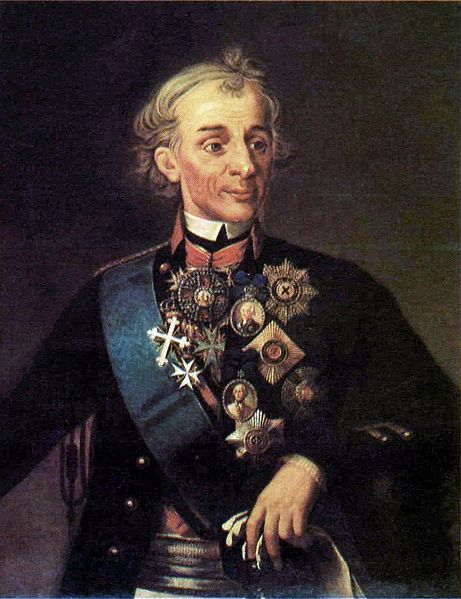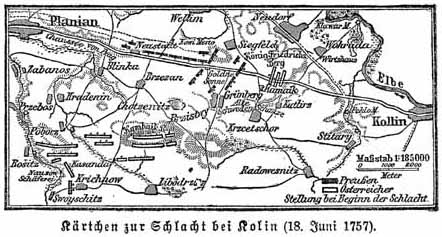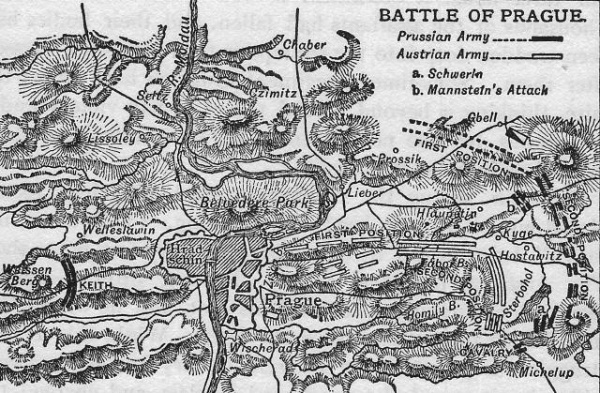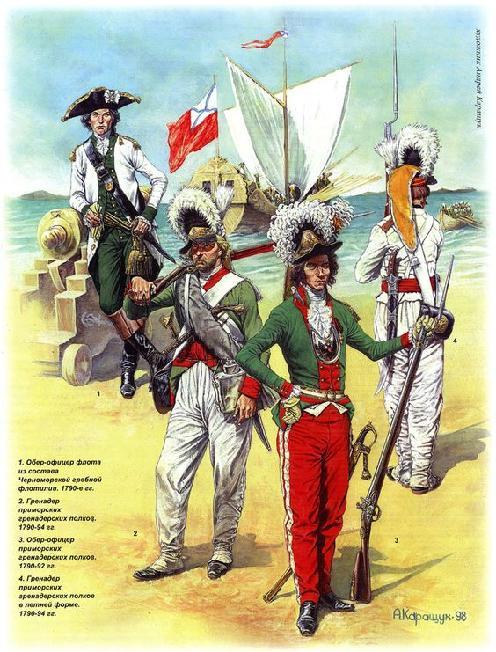
Alexander Vasilyevich Suvorov
Suvorov is considered one of the best military leaders of all time, most probably famous for his crossing of the Alps following Hannibal's model, although without elephants. However, there were more generals in his family, but they did not achieve the success of Alexander Vasilyevich. It is ironic that this man, a stronghold of the tsarist regime and a staunch supporter of the French revolutionary troops, became one of the symbols and traditional legendary strongholds of the Soviet army.





